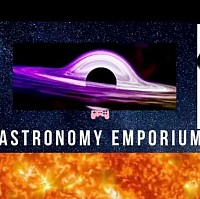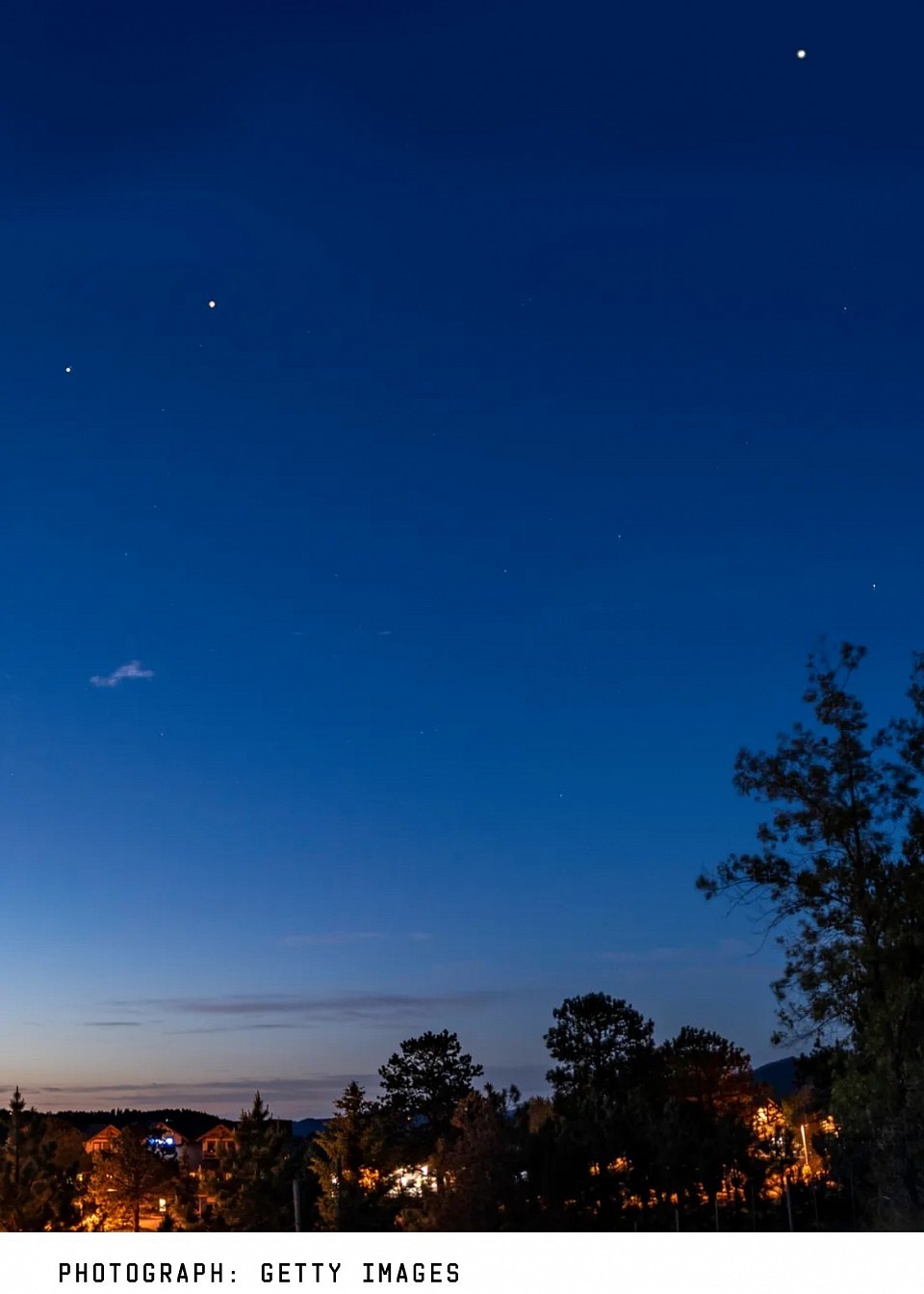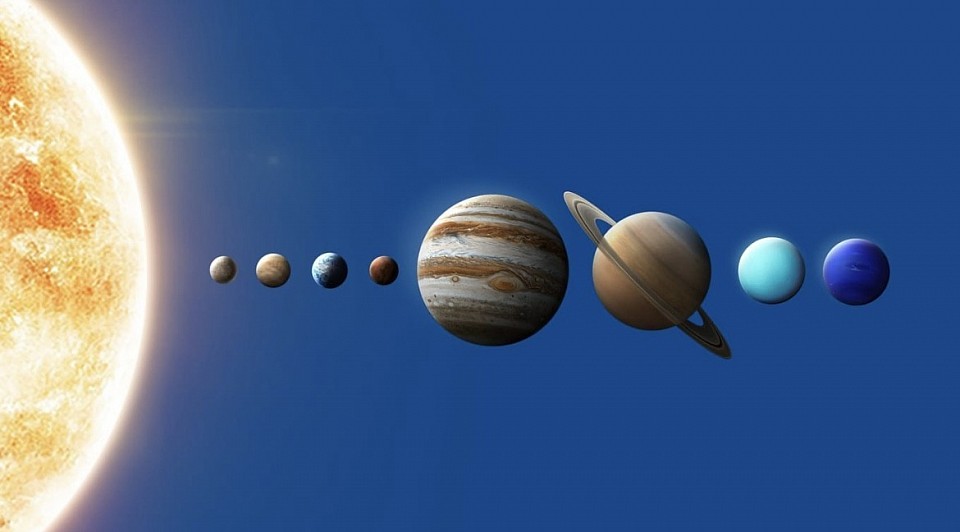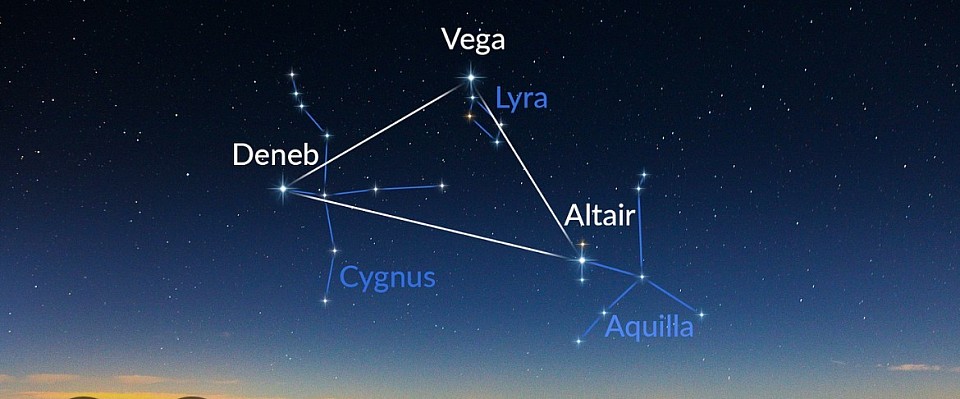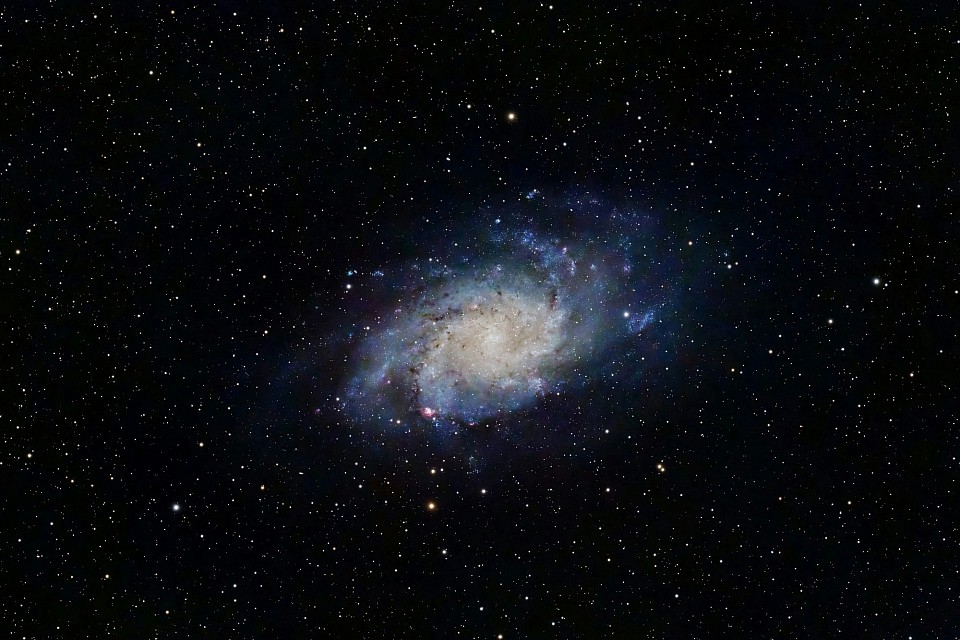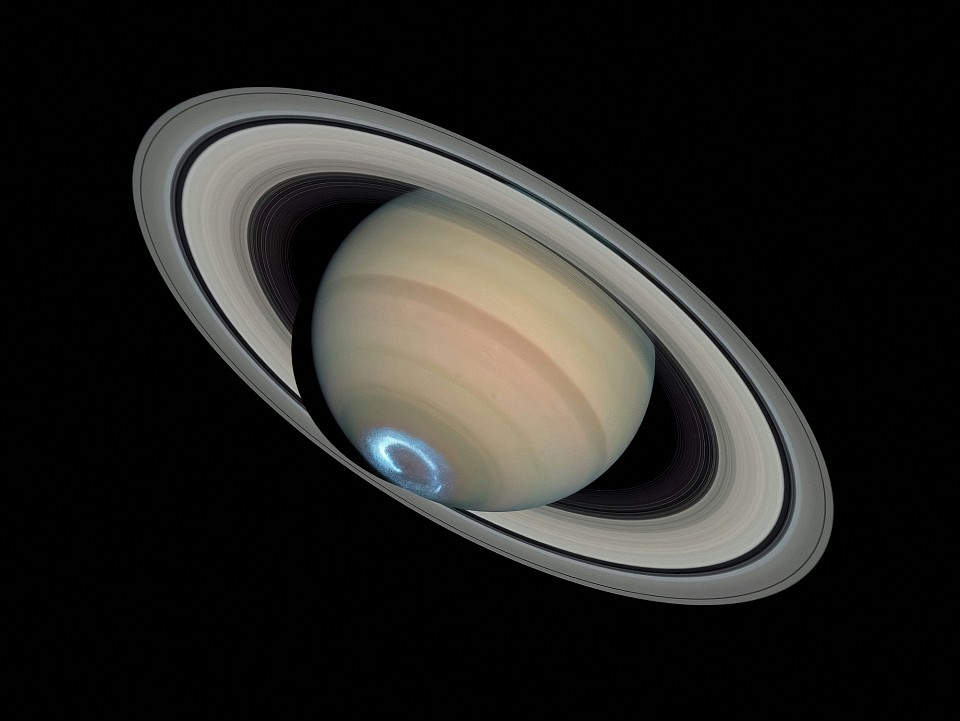What’s in the Sky – August 2025
🌌 Six Planets Align Over the UK – August 2025
This August, something magical is happening in the sky — six planets will align in a stunning arc that’s visible just before sunrise! If you’re up early and looking east, you’ll have a chance to spot Mercury, Venus, Jupiter, Saturn, Uranus, and Neptune all strung out across the horizon like jewels on a cosmic necklace.
🕓 Best Time to See Them:
Look towards the eastern horizon just before dawn, around 4:30–5:30 am BST, between 10–23 August. You’ll need a clear view of the horizon and dark skies — head to a nearby field, park, or hilltop if you’re in a built-up area.
🔭 What You’ll Need:
Naked eye:
For the brightest planets: Venus, Jupiter, Saturn, and Mercury
Binoculars or a small telescope to glimpse Uranus and Neptune — they’ll be fainter, but well-placed
A stargazing app (like Sky Guide or Stellarium) can help you identify exactly where to look
📸 Perfect for beginners & photographers alike — this is a rare lineup that won’t happen quite like this again for years!
You don’t need any fancy gear to enjoy the night sky this month — just your eyes, a comfy chair, and maybe a flask of tea. Here’s what to look for:
🌕 The Moon
The New Moon falls on August 1st and 30th, giving you two perfect dark-sky windows for stargazing.
Full Moon peaks on August 15th, also known as the Sturgeon Moon.
Watch the Moon glide past planets in the early mornings — especially near Jupiter and Saturn around mid-month.
🌟 Bright Planets
Venus is a dazzling “morning star”, rising just before dawn in the east. Jupiter and Saturn shine brightly in the southeast sky through the night. Mercury pops up low on the horizon before sunrise — a bit tricky, but worth the early alarm!
🌠 The Perseids Meteor Shower
Peak night: August 12–13 Expect up to 100 meteors per hour, best viewed after midnight with no Moon interference this year! No binoculars needed — just lie back, face northeast, and enjoy the cosmic fireworks.
🌌 Summer Constellations
Cygnus, Lyra, and Aquila form the Summer Triangle right overhead.
See if you can trace the shape of the Big Dipper and follow its handle to find Arcturus.(A Red Giant Star).
🔭 What You Can See with Binoculars – August 2025
Got a pair of 10x50s or even compact birding binoculars? You’re in luck — August offers some real deep-sky treats and double stars that pop out beautifully through glass.
You’ll want a steady hand or tripod, a reclining chair, and ideally, a darker sky away from city lights. Binoculars give you a much wider field of view than a telescope, so you can scan and enjoy the sky without zooming in too far.
🌌 The Andromeda Galaxy (M31)
Where: East of Cassiopeia, rising higher as the night goes on
The closest major galaxy to Earth — and the furthest thing you’ll ever see with binoculars
Appears as a faint, hazy oval, especially on dark, moonless nights
Once you spot it, you won’t forget it
📝 TIP: Use the “W” shape of Cassiopeia to point the way to Andromeda.
✨ The Double Cluster (NGC 869 & NGC 884)
Where: Between Cassiopeia and Perseus
Two star clusters sitting right next to each other
Looks like sparkling diamond dust — even better than Andromeda for some viewers
Absolutely stunning in binoculars and perfect for beginners
🌠 Messier 39 (M39)
Where: In Cygnus, near the star Deneb
A loose, triangular open cluster
Easy to find and ideal for beginners
Nice target to sweep across when you’re chasing meteor trails
🌟 Albireo – The Colourful Double Star
Where: In the beak of Cygnus the Swan
A beautiful blue and orange double — looks like two tiny Christmas lights
Binoculars may just split the two if steady, but it’s a brilliant colour contrast
🔎 Star-Hopping Fun
Trace the Summer Triangle and scan around Lyra, Cygnus, and Aquila
Sweep along the Milky Way (visible in dark skies) to spot random star clusters and dark rifts
🔭 What You Can See with a Telescope
A small telescope unlocks a whole new level of detail this August.
🪐 Saturn at Opposition – August 27
Best time of the year to view Saturn! See the rings clearly, and maybe even a few moons.
🪐
Jupiter Catch cloud bands and its four brightest moons (Io, Europa, Ganymede, Callisto) changing positions nightly.
🌕 Moon Craters
Try observing the Moon a few days before or after the full phase for sharp shadows along the terminator.
🌌 DSOs (Deep Sky Objects)
M13 – Hercules Globular Cluster: A dazzling ball of stars.
Ring Nebula (M57) in Lyra: A small smoke-ring-like planetary nebula.
Dumbbell Nebula (M27) in Vulpecula: Bright and detailed with moderate scopes.
Explore the cosmos with us on your favourite platform!
🌌 Wrapping Up: Eyes on the Skies
August is an incredible month to reconnect with the night sky — from a casual glance at Venus or the Moon to spotting ancient galaxies with a pair of binoculars.
Whether you’re stargazing from a back garden, campsite, or remote hillside, there’s always something waiting up there.
The sky is a free show — and it’s different every night.
So grab your gear, get comfy, and let the universe do the rest.
Clear skies and happy stargazing! 🌠
👉 Want help choosing the perfect telescope or binoculars for nights like these?
Visit our Beginner’s Buying Guide or check out our Best Budget Telescopes to get started.
🛒 Explore, learn, and discover your perfect view of the cosmos.
